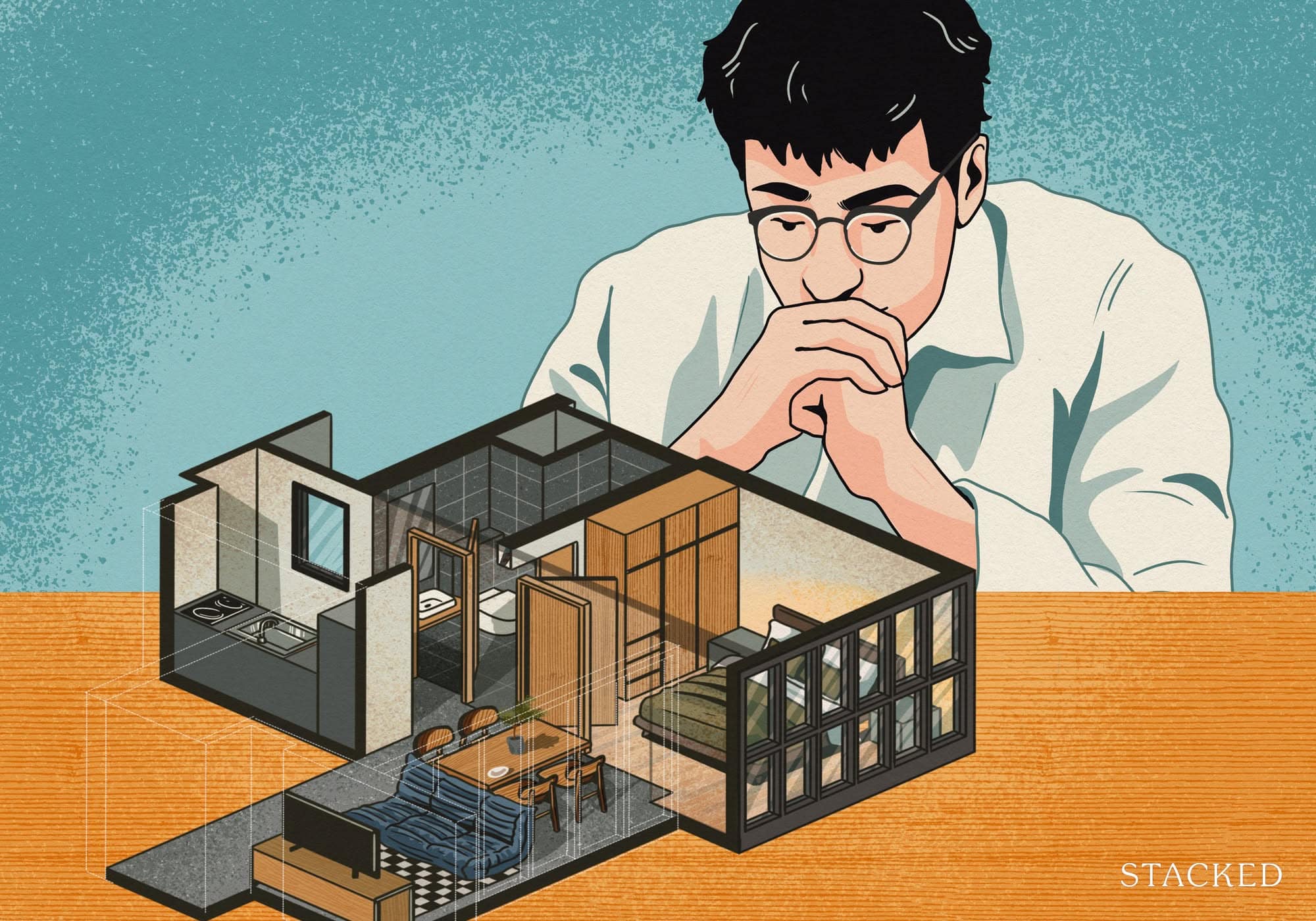Why We Chose A Walk-Up Apartment (Yes, With No Lift) For Our First Home
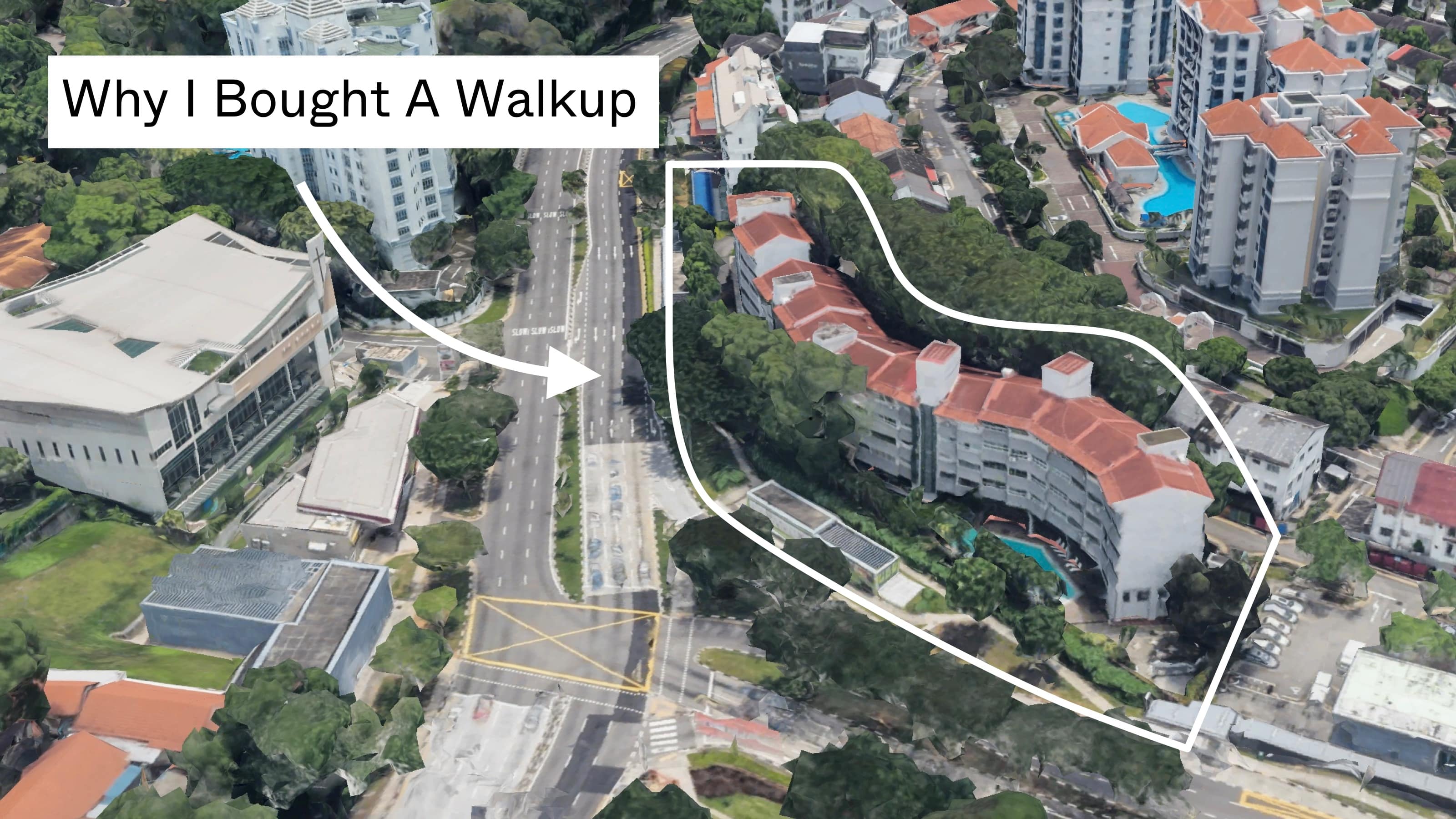
Gail is the Chief of Staff at Stacked, where she also writes stories about homes, neighbourhoods, and the human side of real estate. From the quiet struggles of local businesses to the milestone moments of first-time homeowners, she believes meaningful stories can shape how we see the spaces we live in. Got one to share? Reach her at gail@stackedhomes.com.
When SL and her spouse picked their first home, they selected something a little less common: not a flat or a condo, but an old-school walk-up apartment, with a fantastic Holland V location and greater privacy. Their story explains why walk-ups are growing in popularity among young Singaporean couples and the advantages of this niche property segment:
Location as the main draw
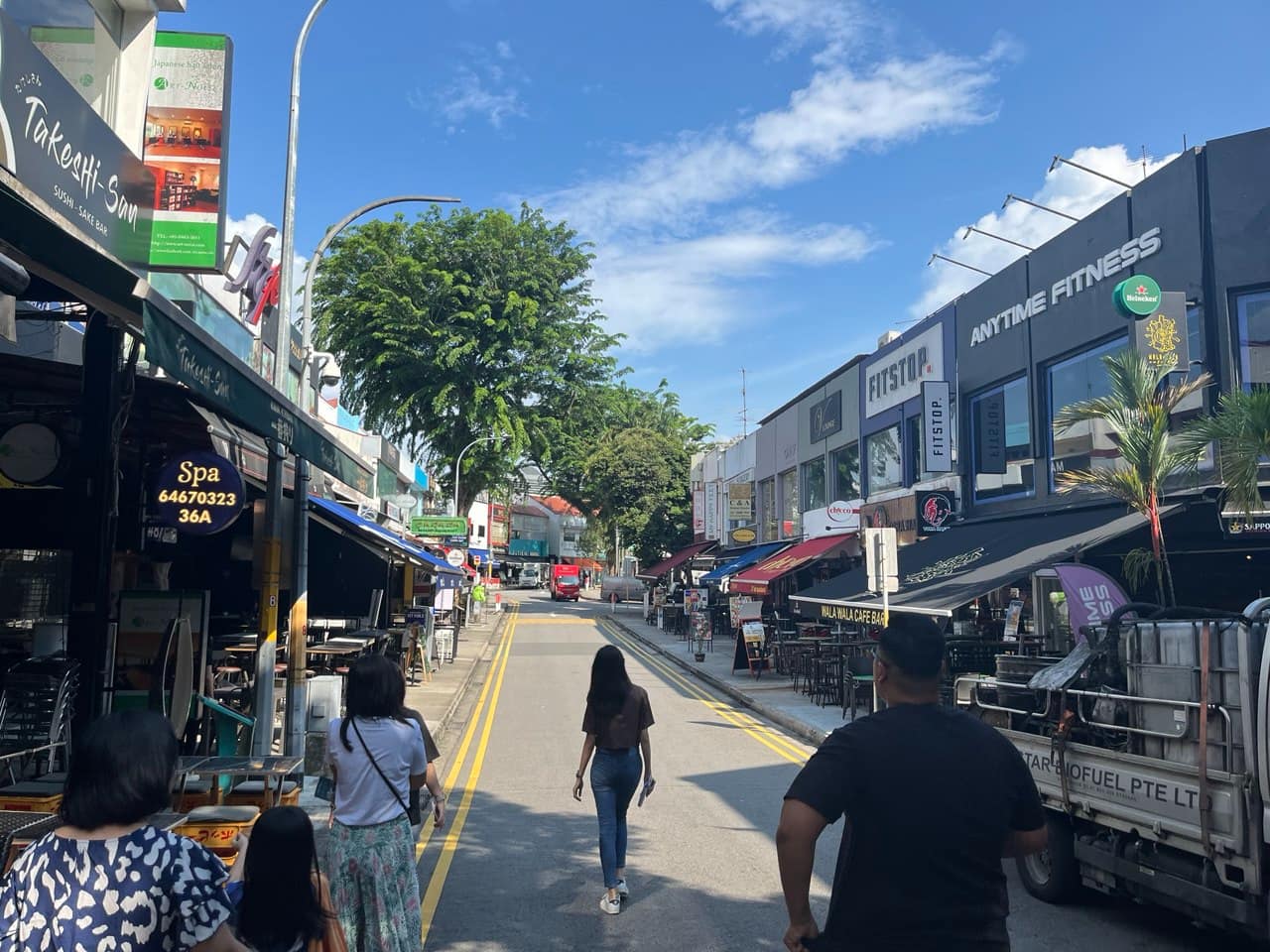
SL says their choice of a walk-up apartment was about location first; convenience and the vibe of the project came third. She says: “We liked Holland Village, and the recent addition of One Holland Village is a huge plus with the overall vibes of the location catering to lifestyle…for convenience, it is near Holland MRT, and less than five minutes to NTUC, Cold Storage, Little Farms, and plenty of food options. The walk up is situated in a development that is more than 40 years old. Despite its age, it was nicely maintained – the building had a fresh coat of paint and had some facade repairs – and the public spaces were taken care of.”
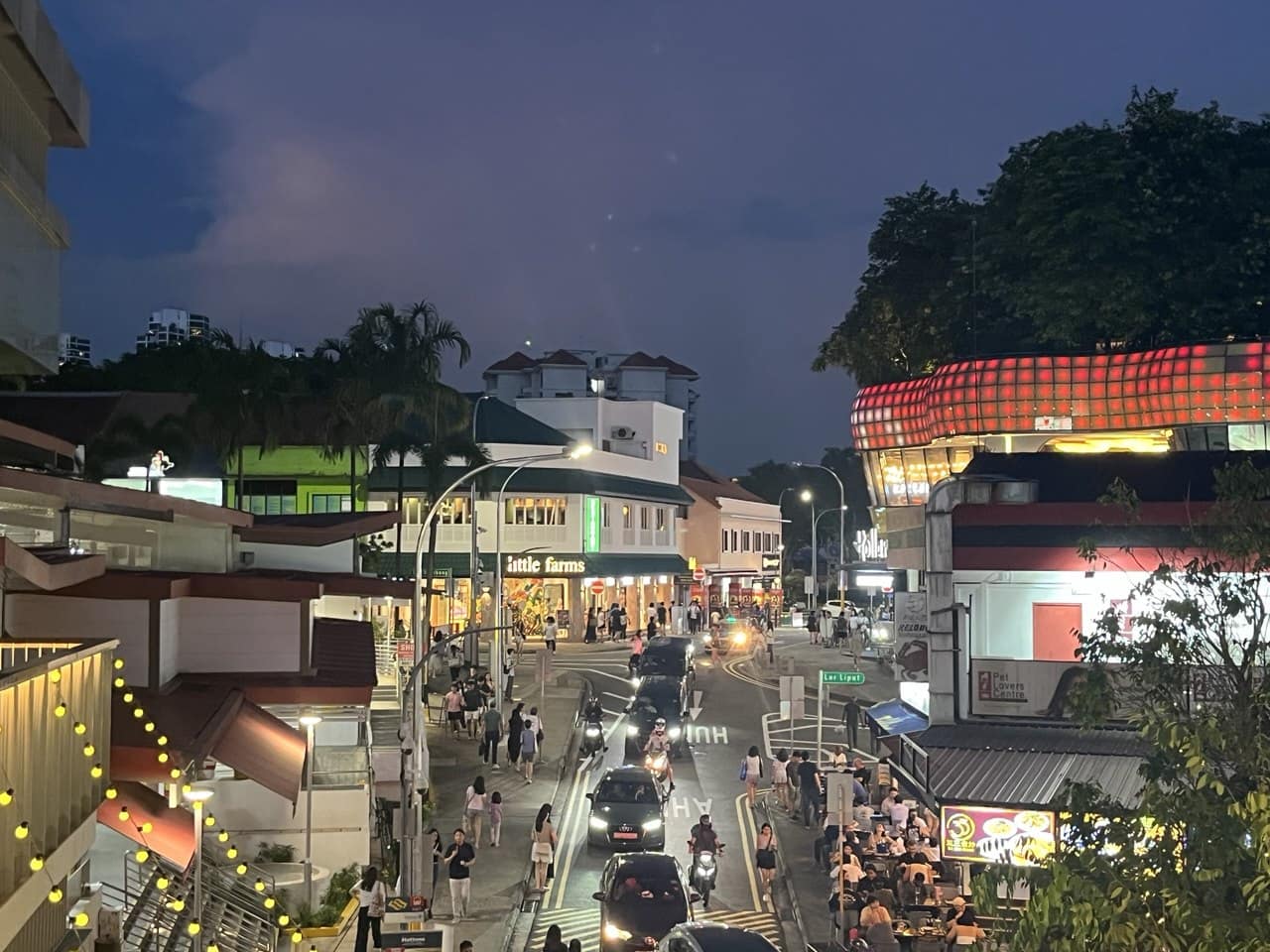
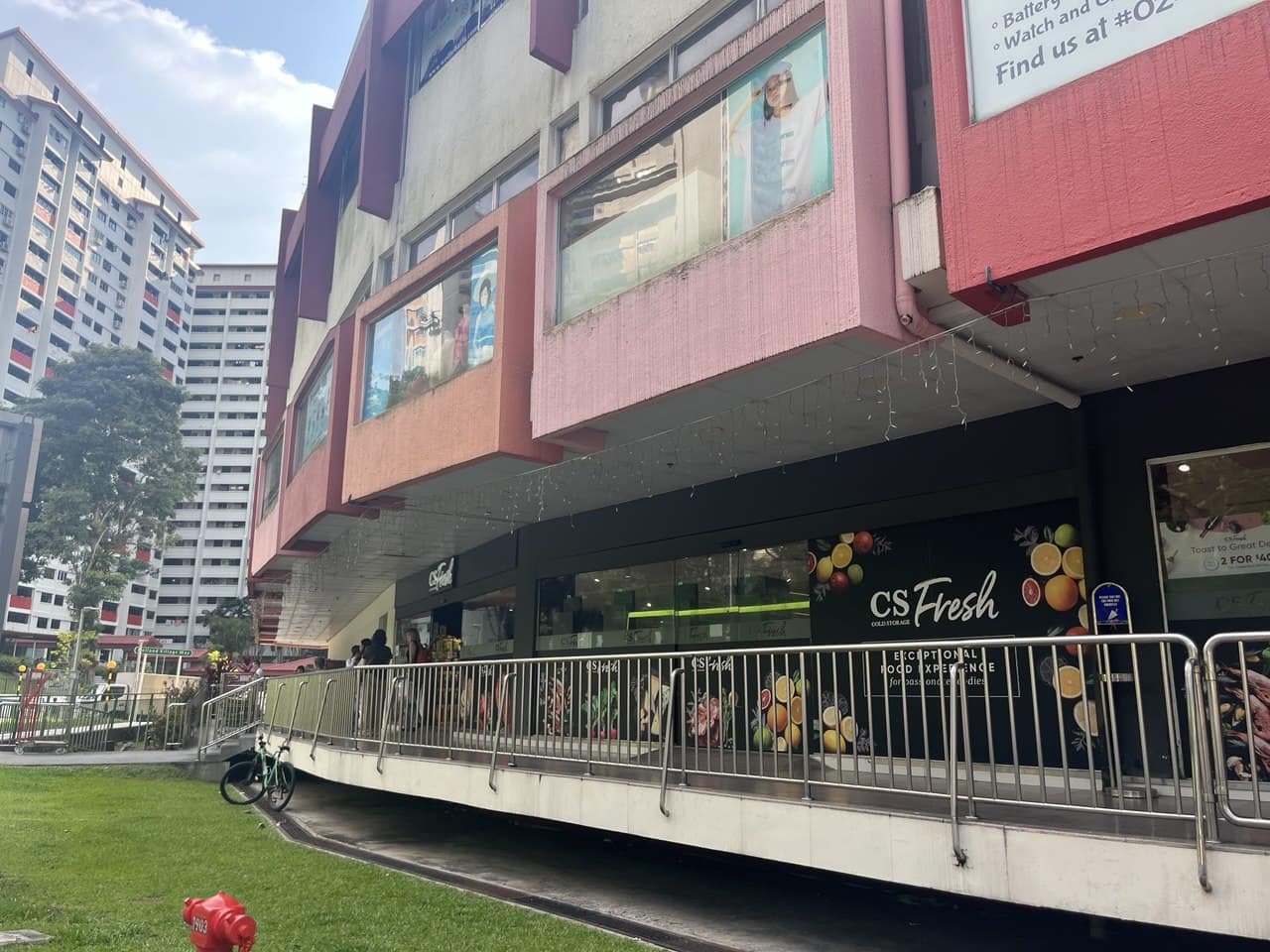
The only real drawback, location wise, was the lack of schools in the area. But the couple had already checked out walk-ups in other areas like Tiong Bahru, Siglap, Telok Kurau and others. These alternatives were filtered out because of other factors like layout, poor maintenance, weaker amenities, etc., leaving their Holland V home the final best choice.
SL says: “We were drawn to Holland Village because it offers the perfect balance for our first home together. It has a lively, charming vibe with plenty of great cafes, food options, and character, but still feels peaceful when we want to wind down… It really feels like a place we can grow into as a couple, and maybe start a family.”
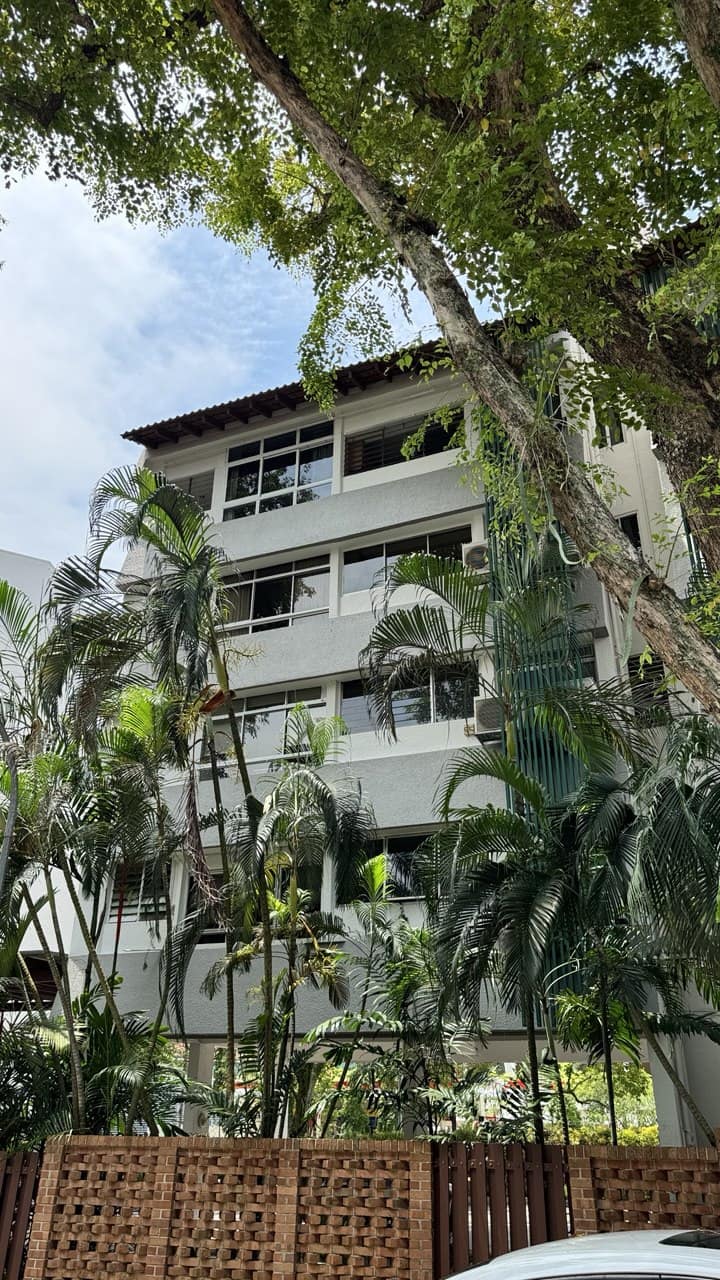
Dealing with the innate issues of a walk-up apartment
One of the main problems with walk-ups, as the name implies, is the lack of a lift. But SL isn’t a stranger to having to use stairs: “Having lived on the second floor before, the lack of a lift was not something that discouraged us from buying the third-floor walk up. This may become an issue for us when we age, of course. We’ll revisit this when we are in our 50s! But for the more immediate term, we know that there will be some discomforts and inconveniences to be had when renovating, moving in furniture, or collecting food or parcels from the delivery people since some of them may not want to climb up floors.”
This also posed some issues during the renovation. The couple said that movers often charge extra depending on the number of floors, and some delivery persons might even refuse to bring larger items up. You also have to consider whether certain items can even fit up the stairwell, which can be “a bit of a logistical challenge.”
Walk-ups also tend to be quite old, but in SL’s case, the building was well maintained, and this was a mitigating factor. The only age issue so far has been the lack of a reliable floor plan; it’s not uncommon for older properties to lack these (for projects in the 1970s and earlier, for example, there may only be paper records, which are long lost.)
Even if the floor plans can’t be found, the layouts do tend to be more spacious and practical
“What we noticed was that older developments often had more versatile and easier-to-configure layouts compared to some of the newer ones,” SL says. “We were quite particular about avoiding units with bay windows or odd corners, especially common in condos built during a certain period, as those tend to eat into usable space.
What really drew us to the unit we chose was its squarish, efficient layout. It gave us the flexibility to plan our space the way we wanted, without having to work around awkward features or wasted corners.”
SL refers to a period around the 2010s, when developers built exceptionally big planter boxes, bay windows, air-con ledges, etc. ,for the sole purpose of ramping up the price (as you need to pay for all that square footage). Walk-ups, being a different and older property segment, escaped the inefficiencies of this particular era.
The serenity and privacy of a walk-up apartment
Walk-ups tend to feel more private than condos, if for no other reason than the unit count. SL notes that there are fewer units per block, and a more niche group of residents: younger families, lifelong singles, investors setting up co-living spaces, etc. Some units are rented out to foreign workers, but SL says they “mostly kept to themselves and were generally friendly.”
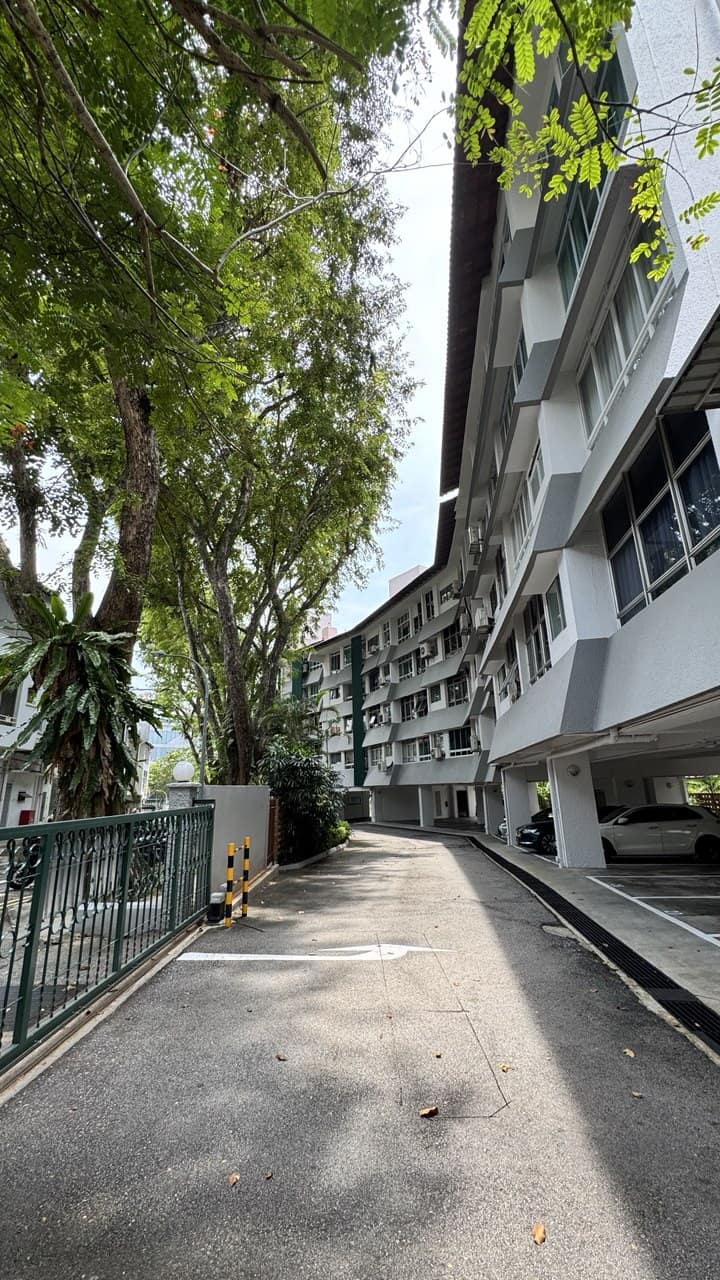
She says a lot of this depends on the area and the specific walk-up though. For example, parking hasn’t been an issue for her: many of the residents at her walk-up don’t drive as it’s so close to public transport, so there’s usually ample space available. This may not be true for some other walk-ups though, such as those within landed enclaves, where residents tend to be reliant on private transport.
The supposed “lack of facilities” can also be a plus in some ways
Condo facilities mean maintenance fees; the fancier, the more expensive. As of 2025, typical condos have fees ranging between $350 to $450 per month (some higher-end projects can go into four-digit figures).
SL says the couple never saw the lack of facilities as a drawback:
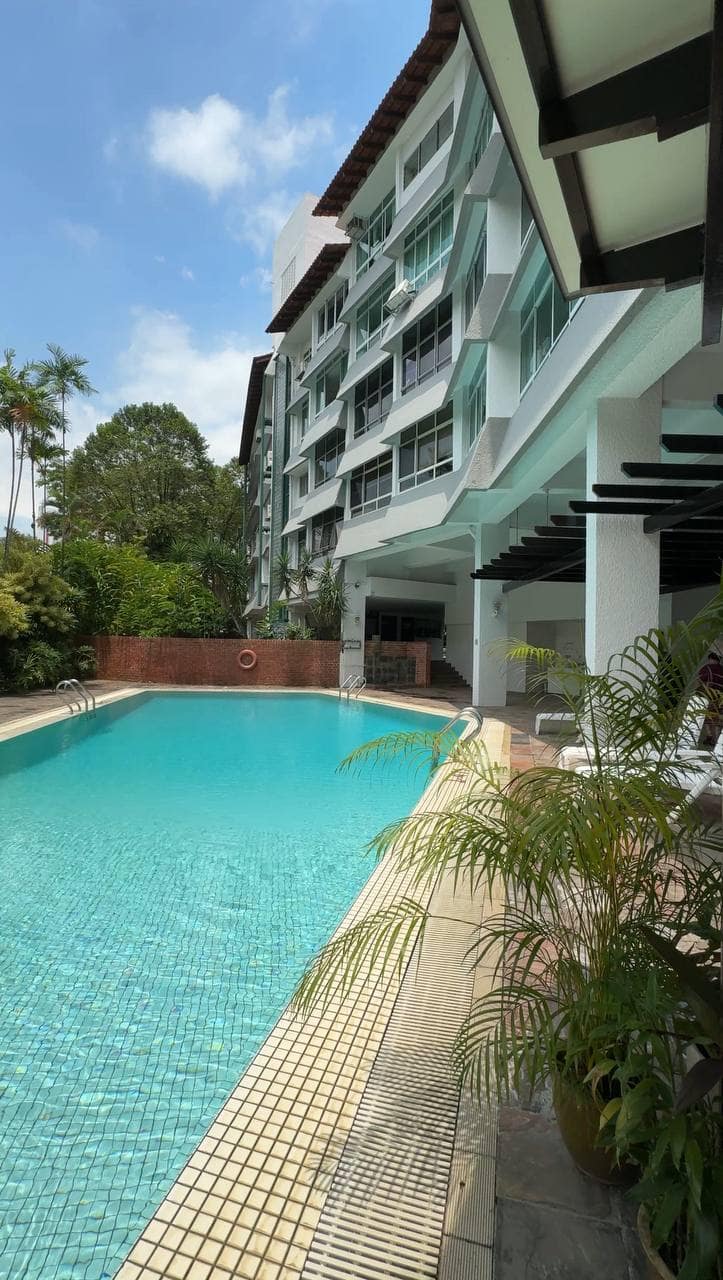
“We saw it as a bit of a plus. Our development still has the essentials like a pool, function room, and BBQ pit, and it’s spacious enough without feeling crowded. What we appreciated most was the lower maintenance fees—ours is under $300 a month—which felt like a fair trade-off. There’s also less foot traffic and noise from things like big family gatherings or birthday parties, so the environment stays pretty peaceful.”
Walk-ups as potential undervalued gems
SL agrees that walk-ups are not for everyone; but if you know what you’re looking for and are clear about your needs, they can offer great value, especially in terms of space and location. Given the price point for the size and location, they can be undervalued gems.
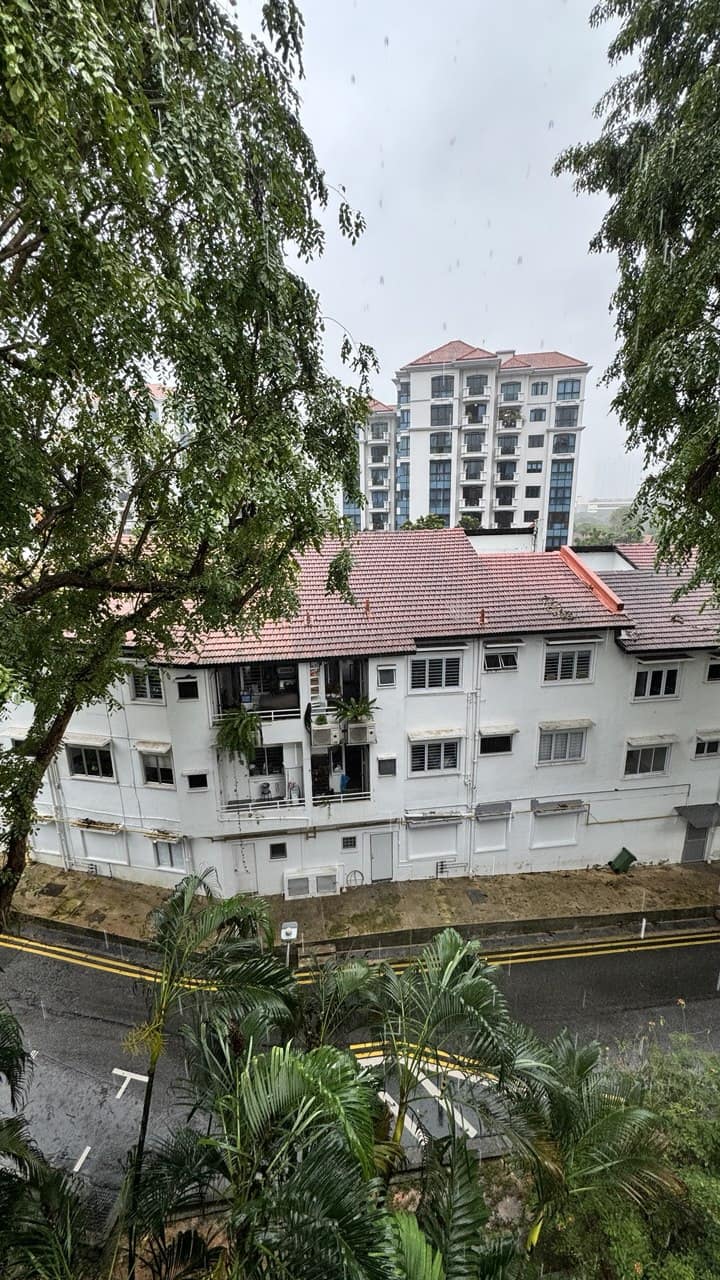
(And like gems, they do need digging for, as the information available tends to be more limited – so prepare to do a bit more legwork.)
She says that: “Many people tend to overlook them because of the stairs or lack of flashy facilities, but that also means less competition and more opportunity to find something with real character.
For buyers new to walk-ups, the condition of the units can be a sticking point—they often require a full renovation or a creative eye to bring out their potential…of course, there are trade-offs, but for us, the benefits have definitely outweighed the downsides. As long as you go in with your eyes open—knowing what to expect and what you’re getting into—they can be a really smart and rewarding choice.”
For now, SL considers their walk-up to be a long-term home; something they can live in for many years, or even rent if their needs change. This makes it a versatile property, with uses that can be adapted to their current lifestyle needs.
So while it can take more work on the renovation front (and more viewings,) walk-ups might present an interesting alternative between condos and HDB flats in the pricey 2025 market; especially for those who prioritise space and privacy.
For more homeowner experiences, follow us on Stacked.
Gail
Gail is the Chief of Staff at Stacked, where she also writes stories about homes, neighbourhoods, and the human side of real estate. From the quiet struggles of local businesses to the milestone moments of first-time homeowners, she believes meaningful stories can shape how we see the spaces we live in. Got one to share? Reach her at gail@stackedhomes.com.Read next from Homeowner Stories
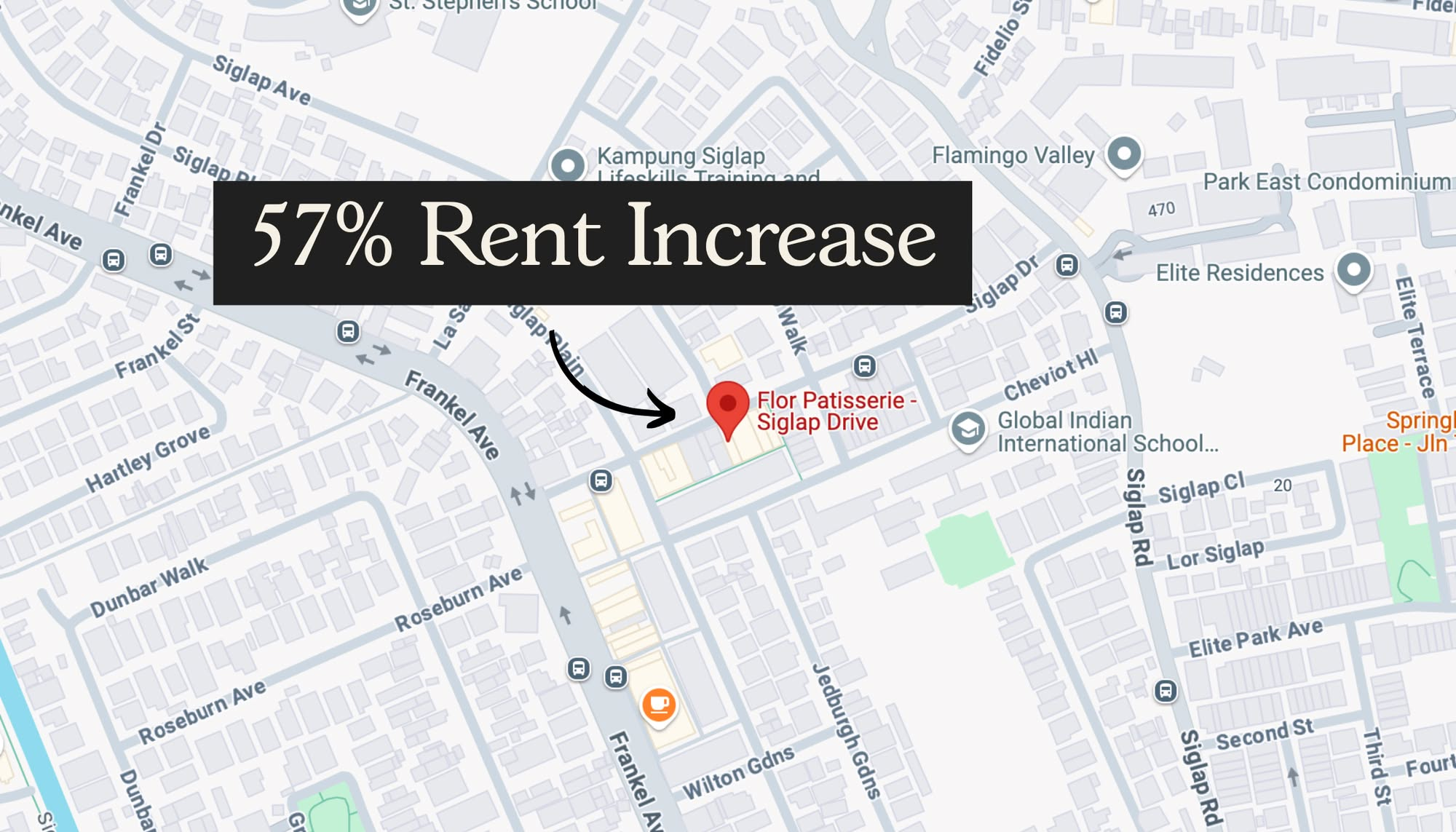
Homeowner Stories How a 57% Rent Spike Drove Flor Patisserie Out — And What It Says About Singapore’s Retail Scene
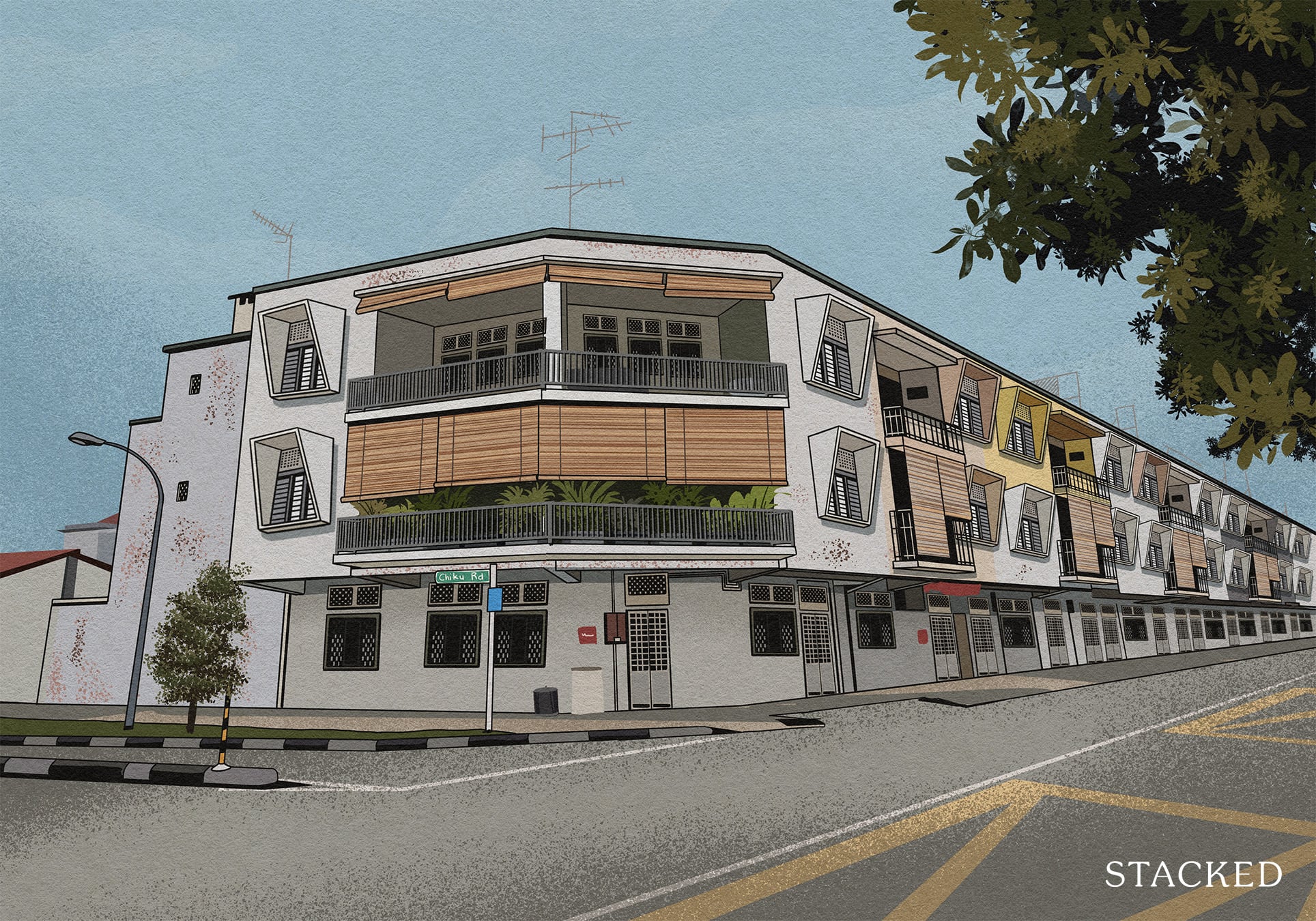
Homeowner Stories Buying A Walk-Up Apartment In Singapore? Don’t Overlook The Shops Below – Here’s Why

Homeowner Stories I Almost Sold My Home In Singapore—Here’s Why I’m Glad I Rented It Out Instead
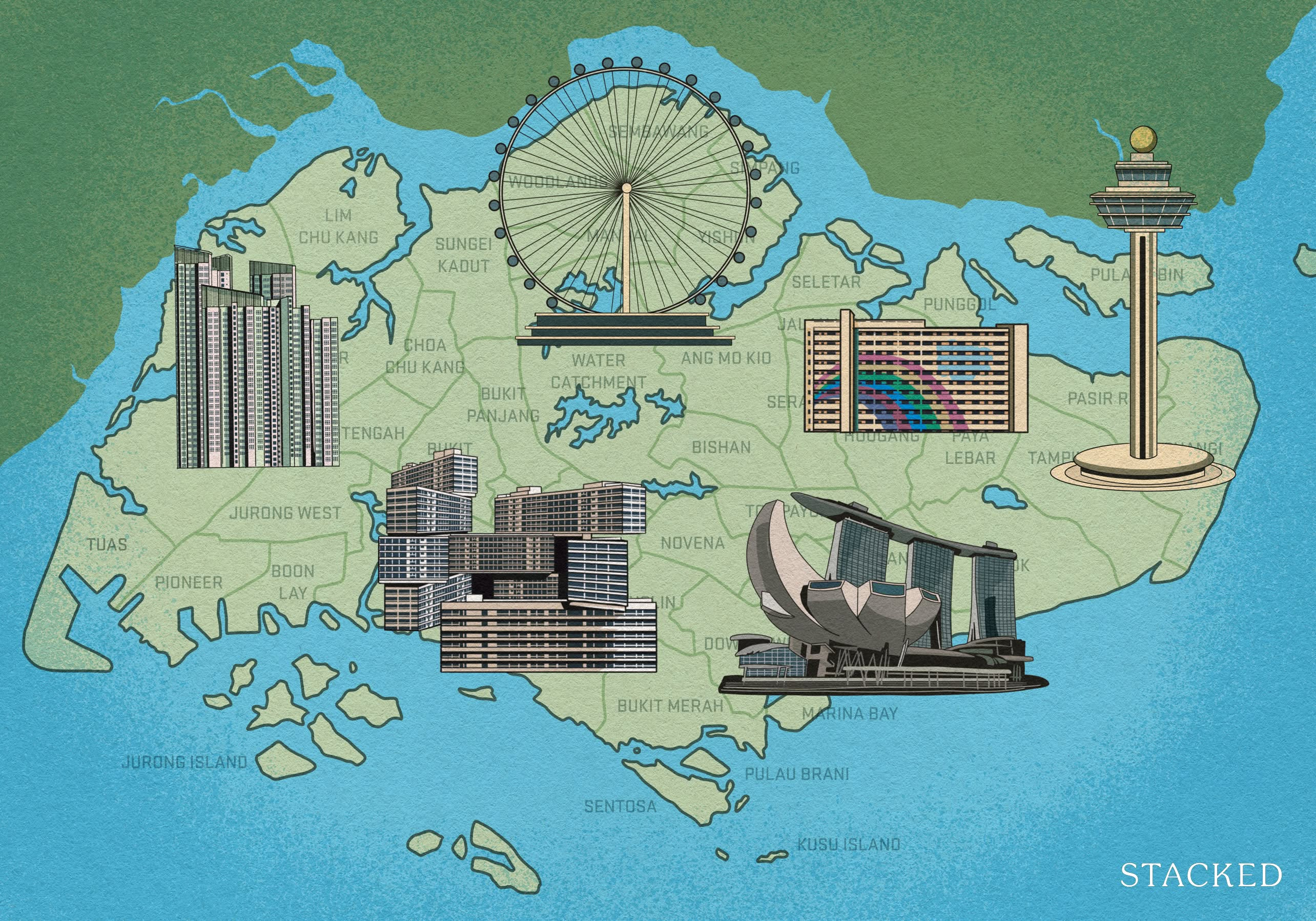
Editor's Pick Why This Singapore Homeowner Wakes At 5AM To Commute – And Has Zero Regrets
Latest Posts
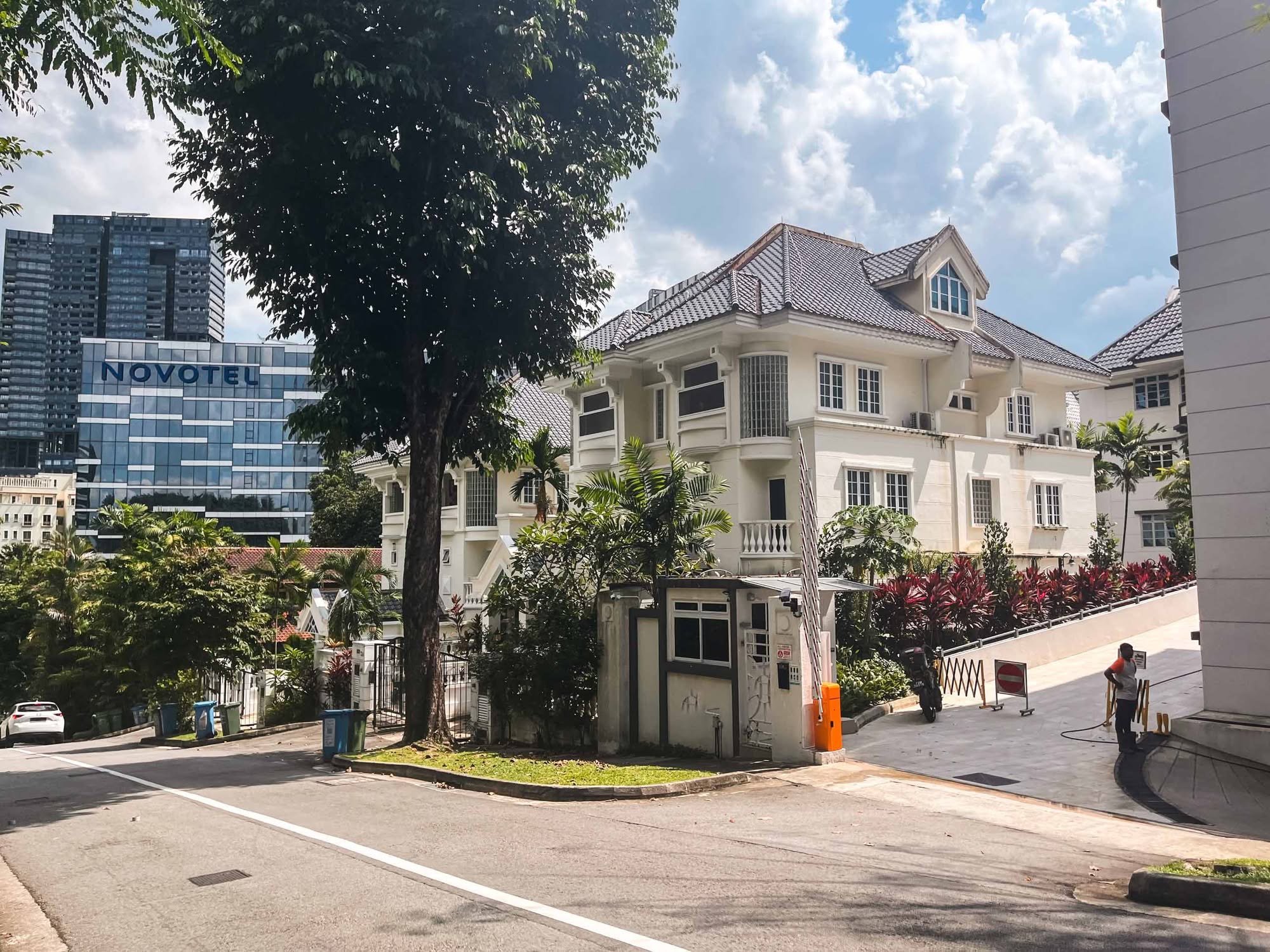
Landed Home Tours Inside Balmoral Park: Rare Freehold Landed Homes With 1.6 Plot Ratio In District 10
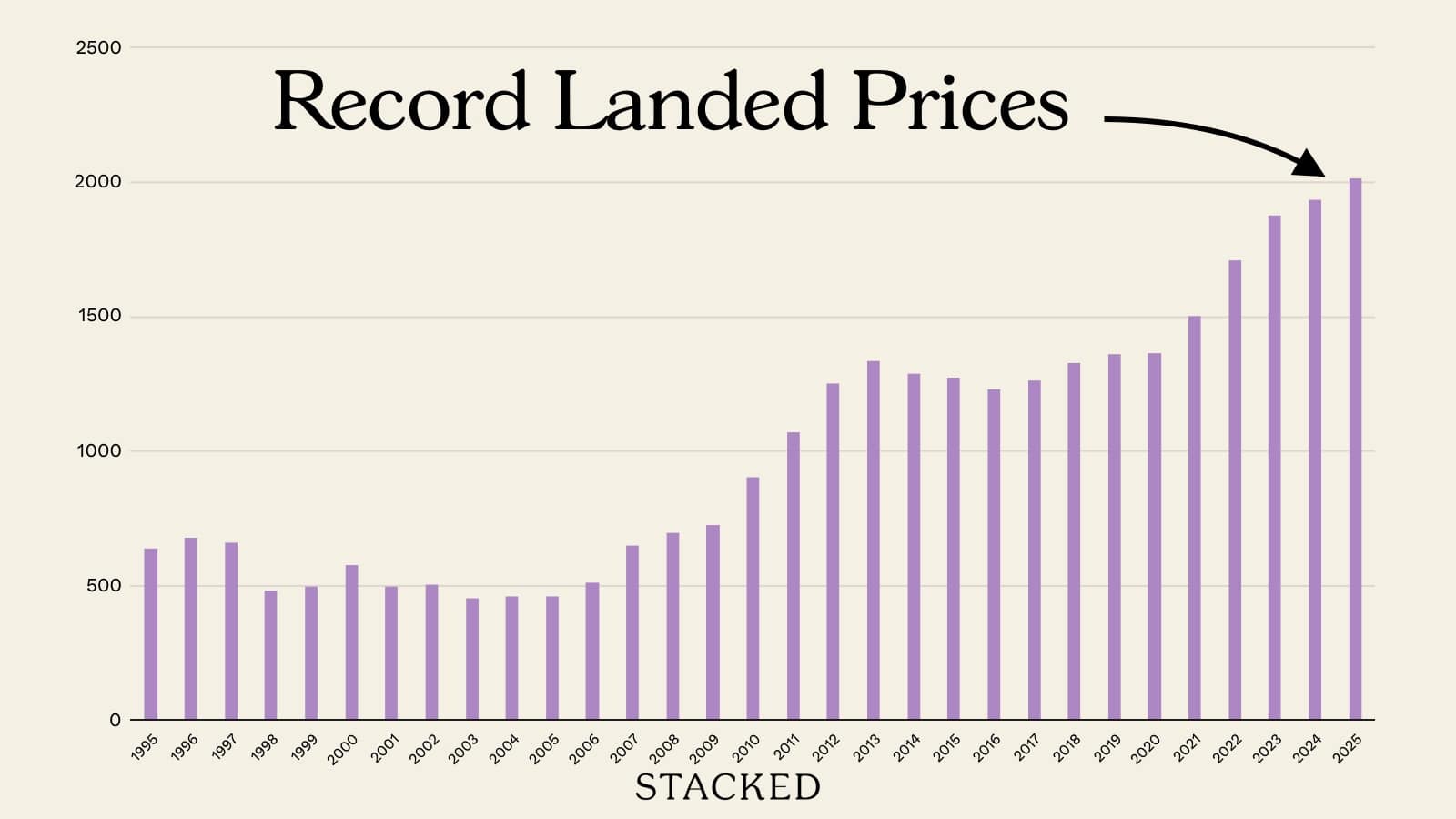
Singapore Property News New Record For Landed Home Prices In Singapore: It’s Like An A+ in The Least Important Exam
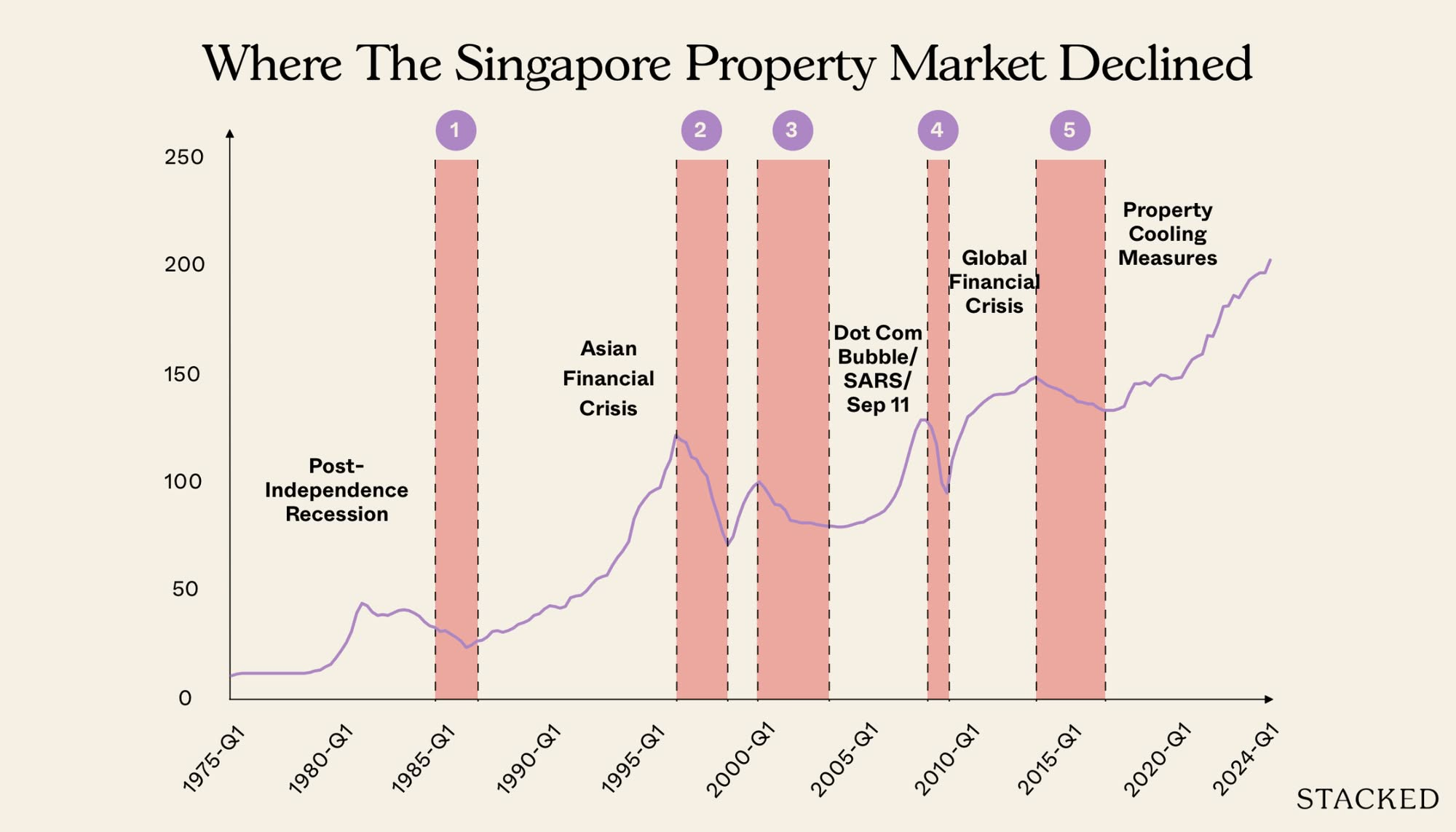
Property Trends Should You Wait For The Property Market To Dip? Here’s What Past Price Crashes In Singapore Show
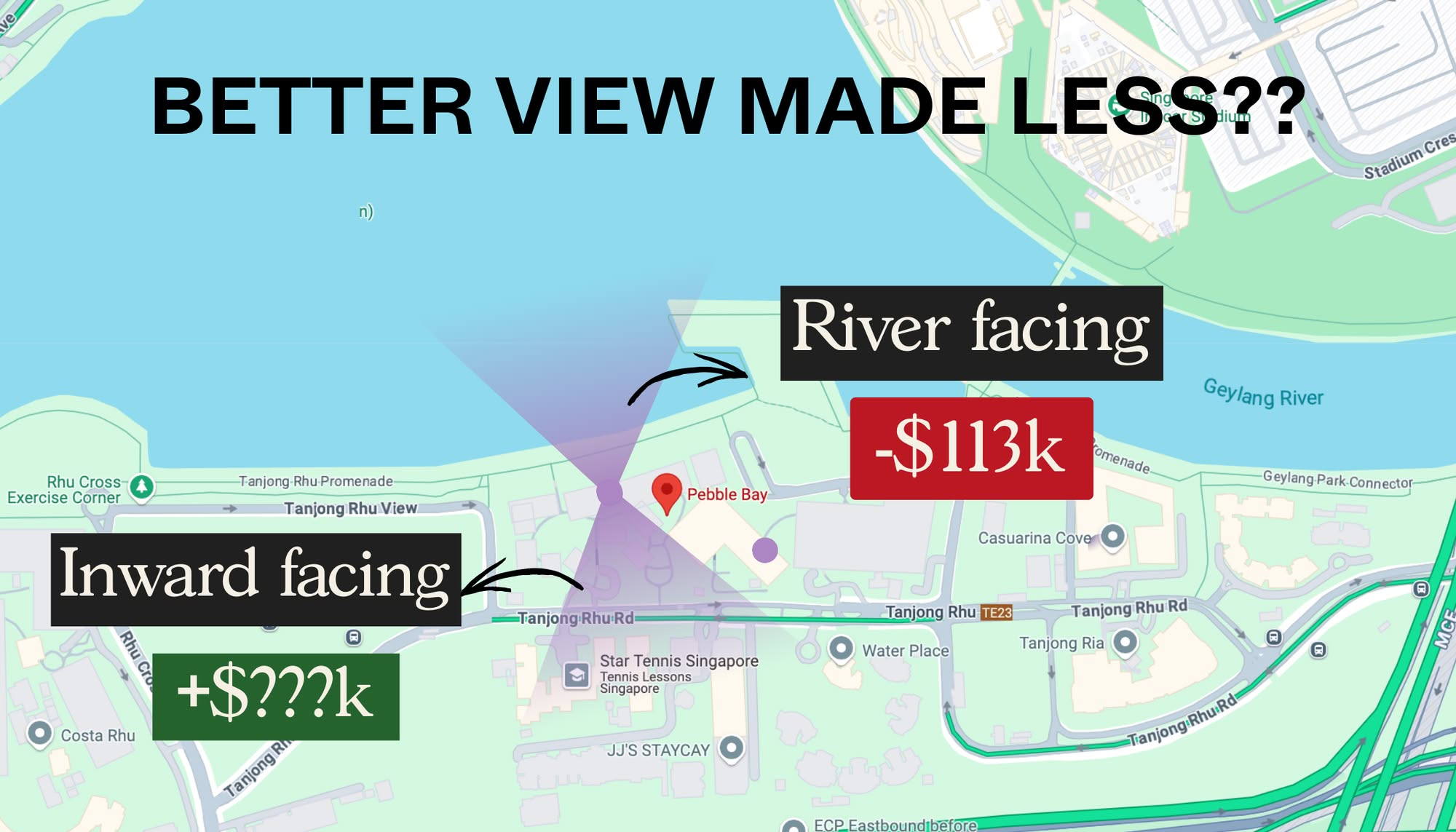
Pro How Different Condo Views Affect Returns In Singapore: A 25-Year Study Of Pebble Bay
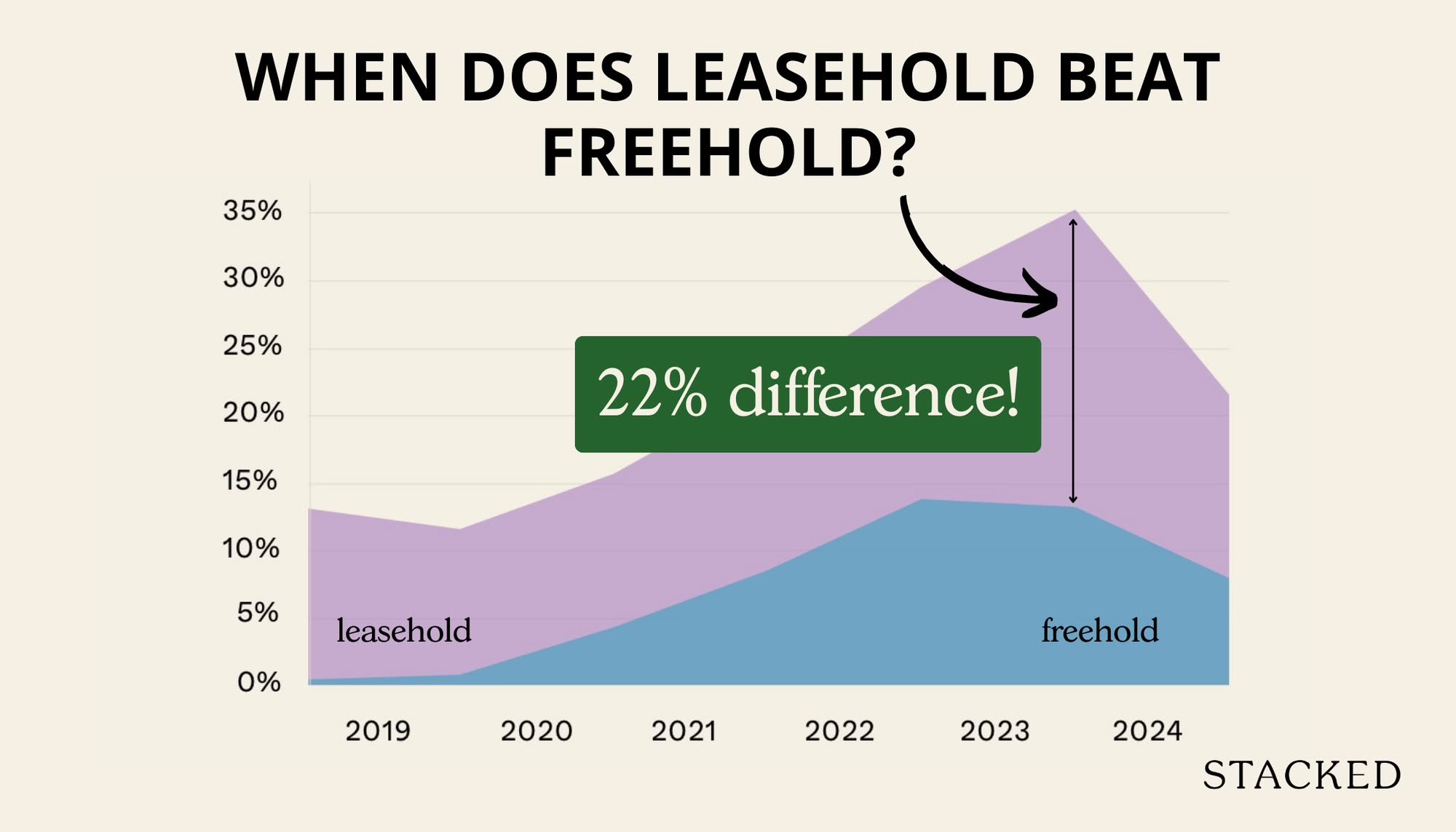
Pro Can Leasehold Condos Deliver Better Returns Than Freehold? A 10-Year Data Study Says Yes

Home Tours Inside A Minimalist’s Tiny Loft With A Stunning City View
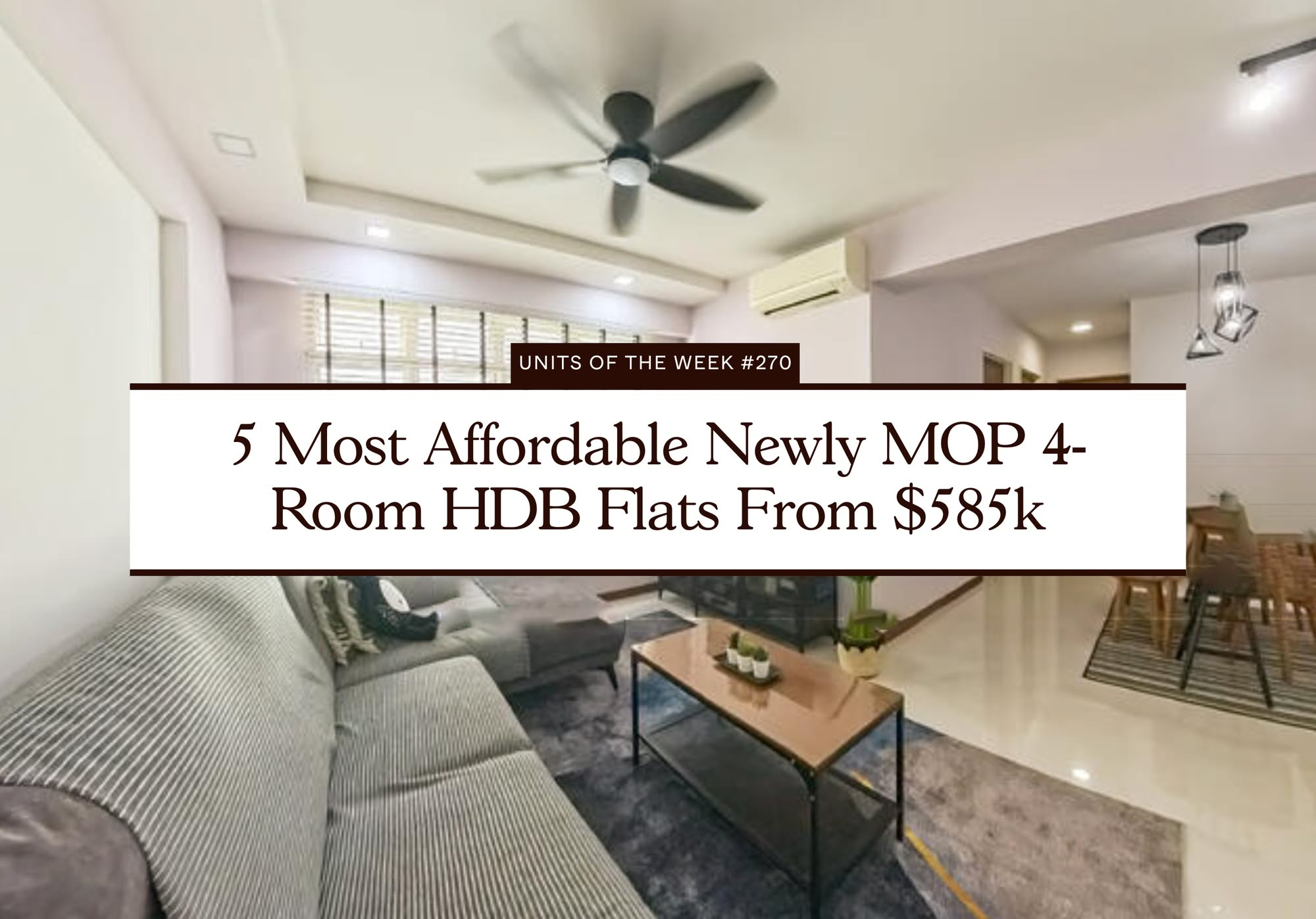
On The Market 5 Most Affordable Newly MOP 4-Room HDB Flats From $585k
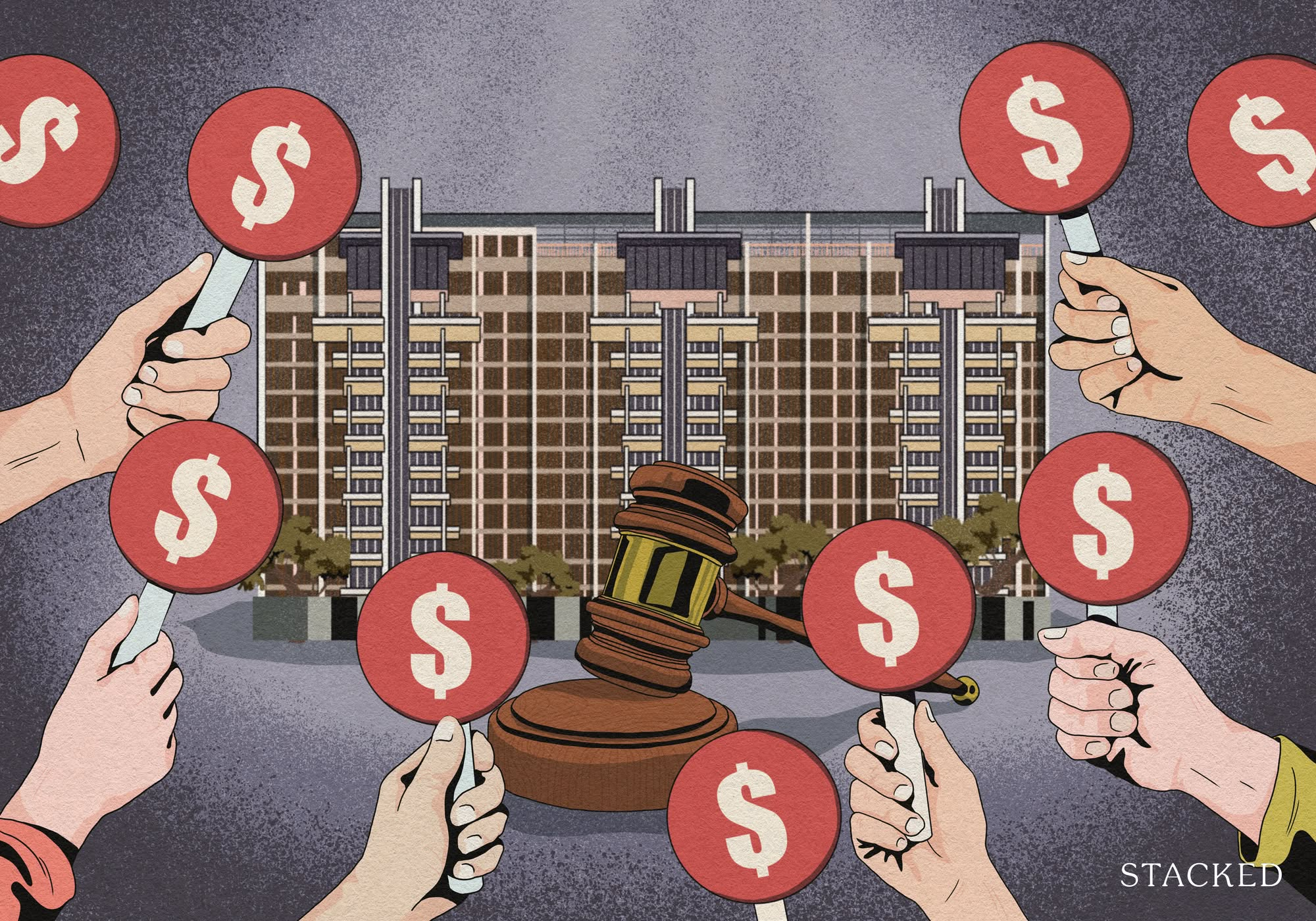
Property Market Commentary Distressed Property Sales Are Up In Singapore In 2025: But Don’t Expect Bargain Prices
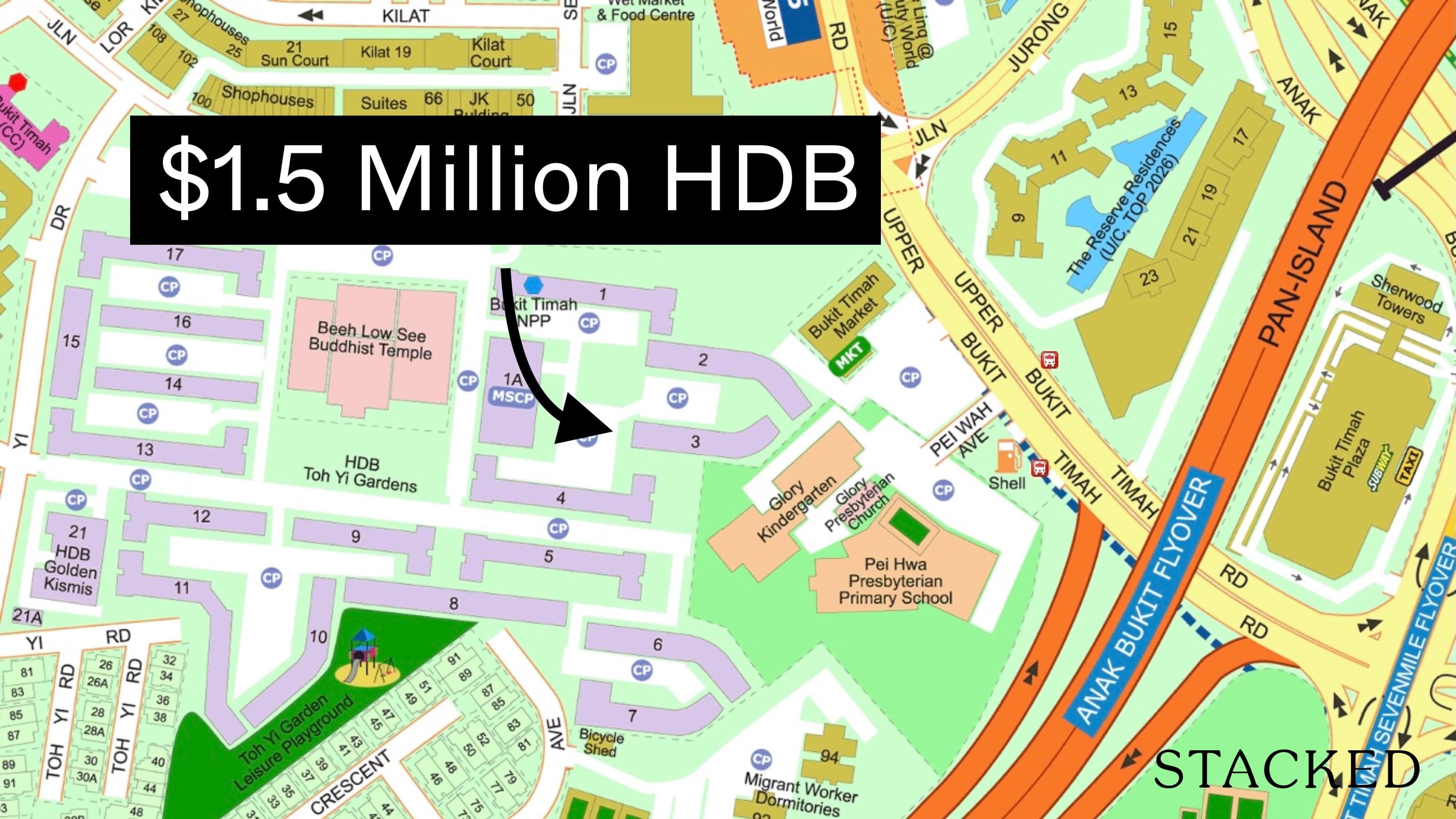
Singapore Property News This $1.5M Bukit Timah Executive HDB Flat With 62-Years Lease Left Just Set A Record: Here’s Why
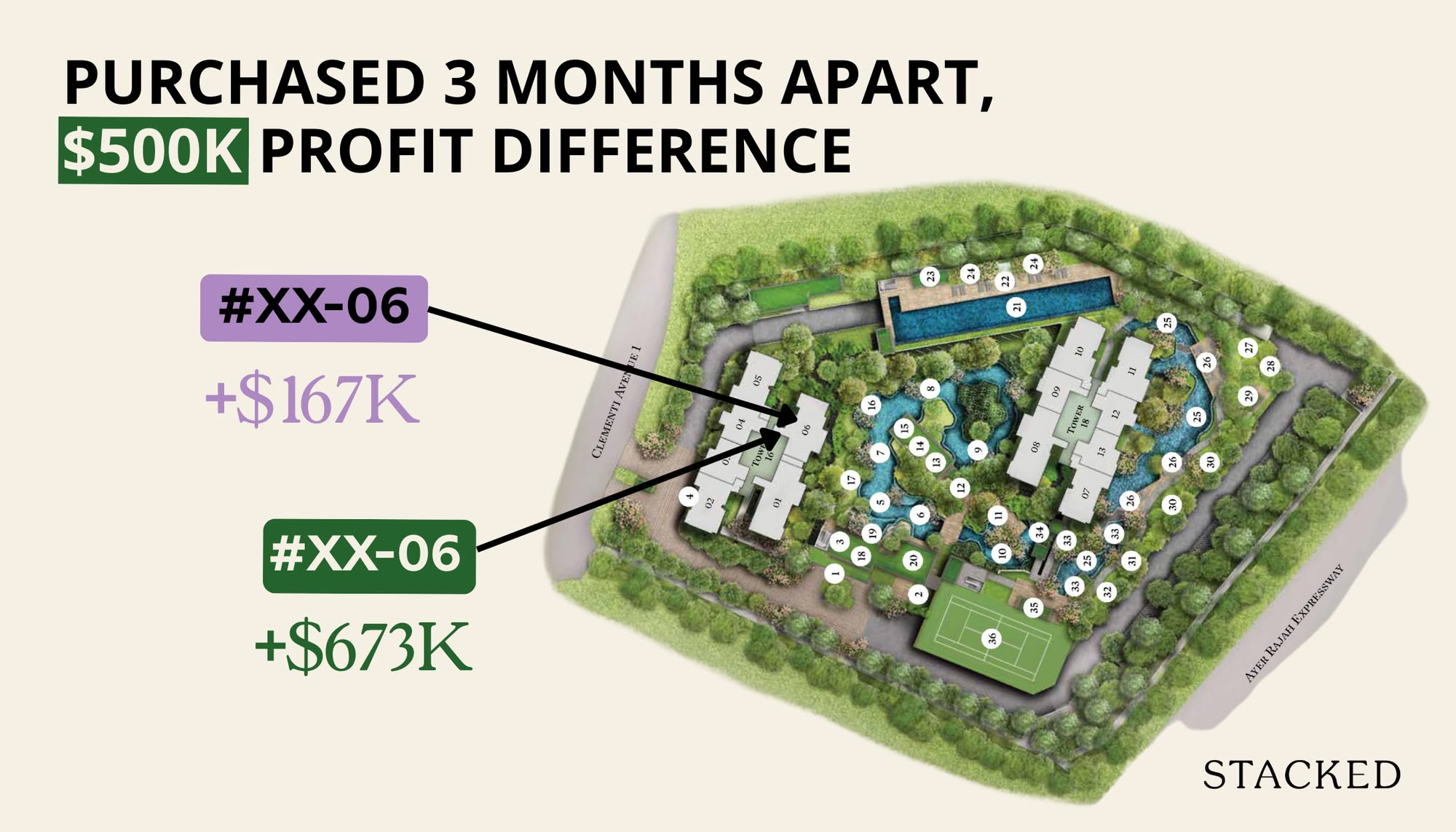
Editor's Pick How A Clement Canopy Condo Buyer Made $700K More Than Their Neighbours: A Data Breakdown On Timing
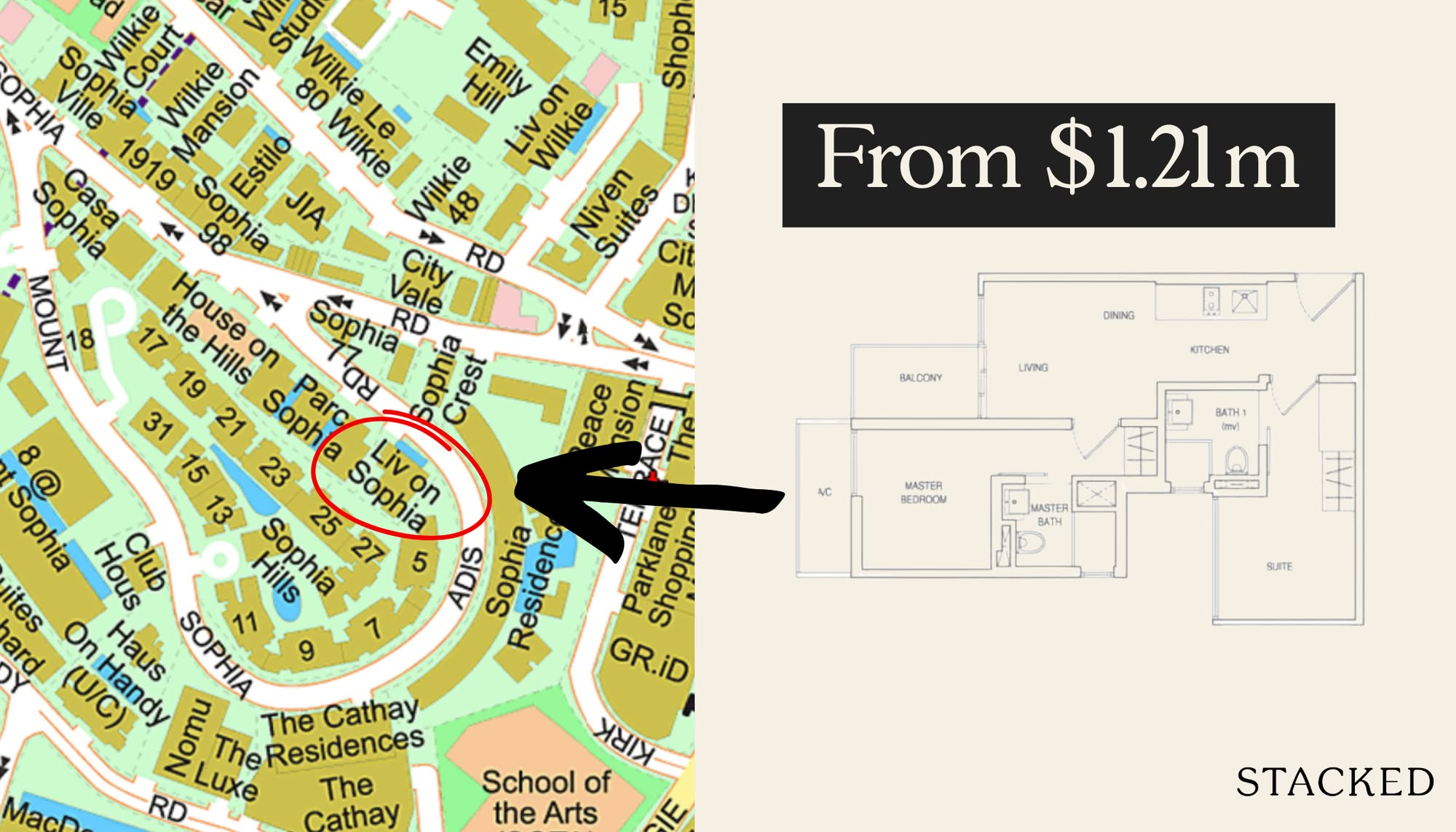
Editor's Pick Where To Find The Cheapest 2 Bedroom Resale Units In Central Singapore (From $1.2m)
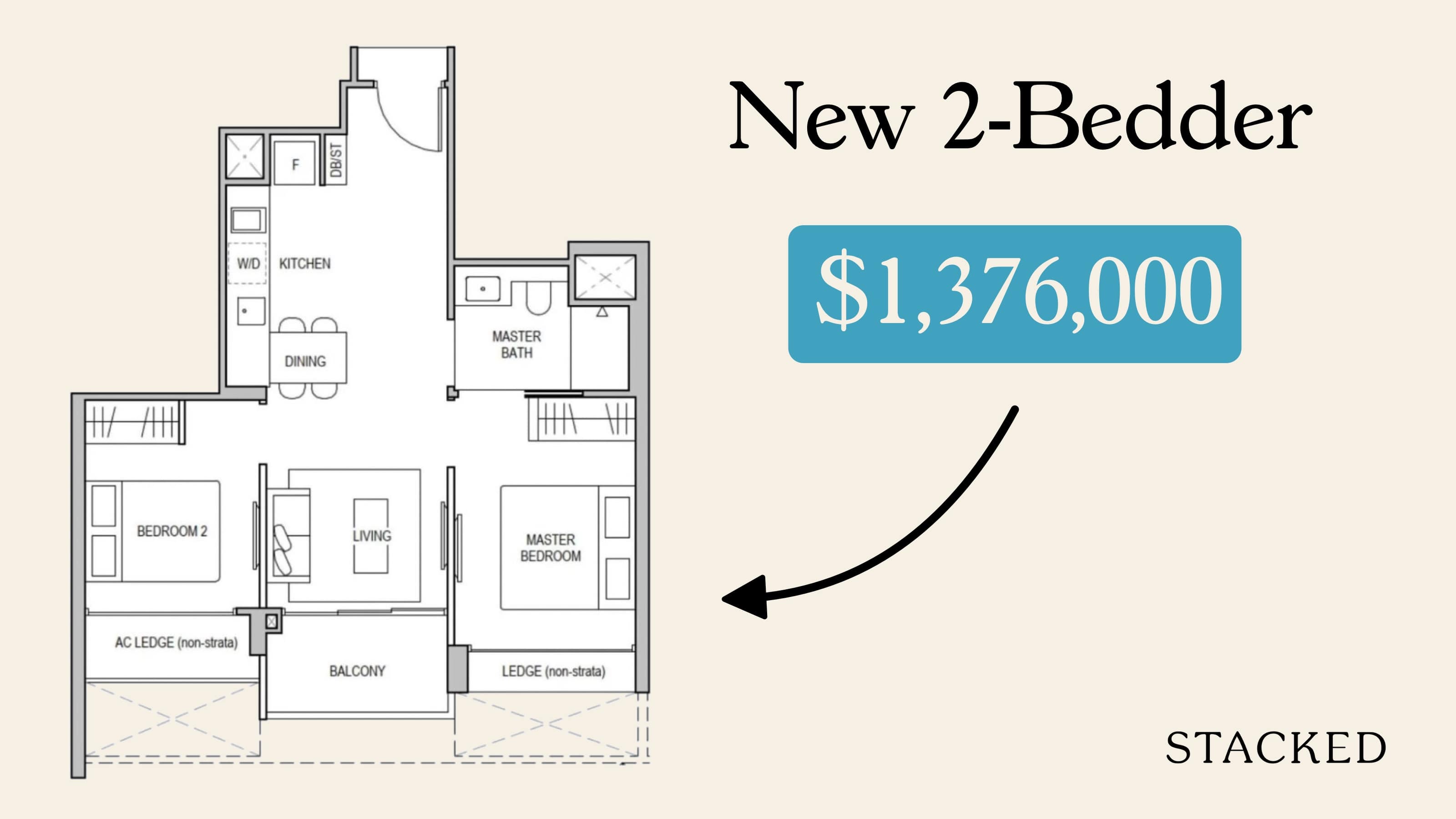
Property Picks 19 Cheaper New Launch Condos Priced At $1.5m Or Less. Here’s Where To Look
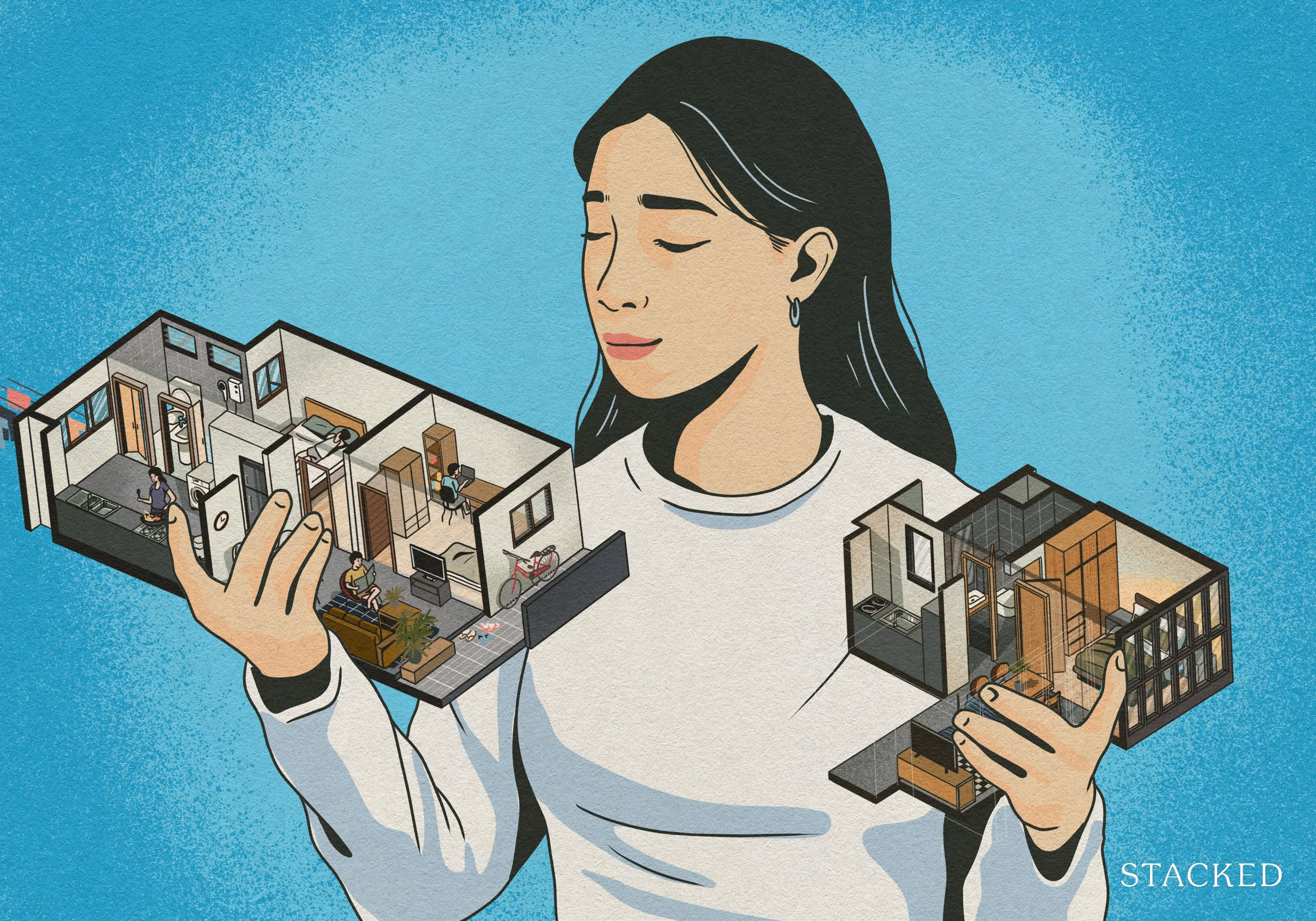
Property Advice The Ultimate Work From Home Homebuyer Checklist (That Most People Still Overlook)
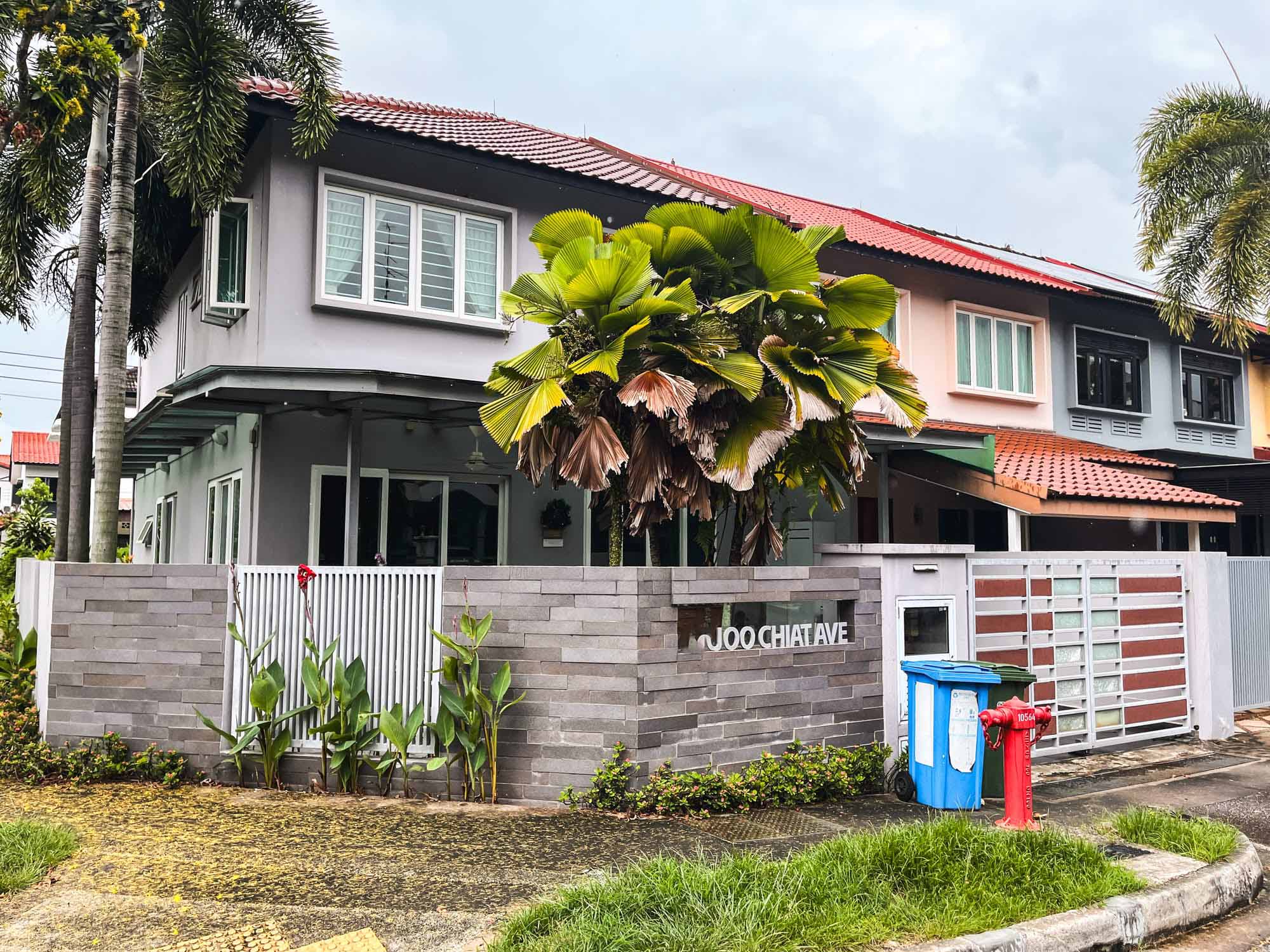
Editor's Pick These $4m Freehold Landed Homes In Joo Chiat Have A 1.4 Plot Ratio: What Buyers Should Know
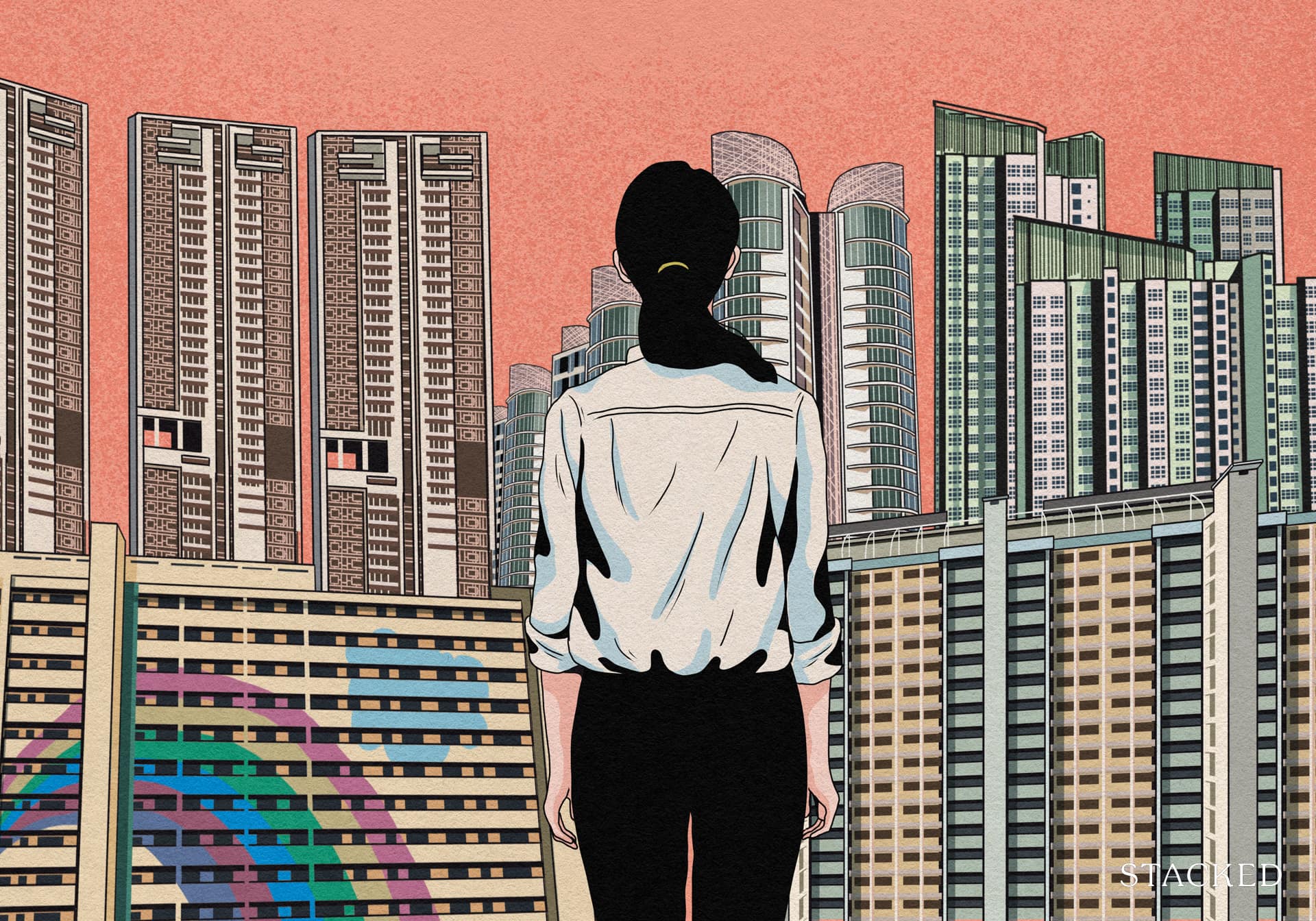
Editor's Pick Now That GE2025 Is Over, Let’s Talk About The Housing Proposals That Didn’t Get Enough Scrutiny
